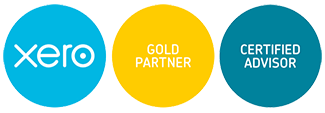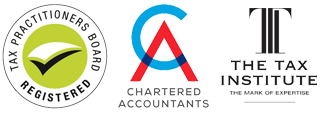HOMEBUILDER: WHAT IS IT AND HOW DO YOU ACCESS IT?
The Government has announced grants of $25,000 to encourage people to build a new home or substantially renovate their existing home.
There are a few complexities to this grant that both home builders/renovators and the building industry need to be across before jumping in and signing a new contract on the expectation that the grant will apply.
The grants will be distributed by the revenue office of the State or Territory where you live or plan to live.
The HomeBuilder scheme targets the residential construction market by providing tax-free grants of $25,000 to eligible owner-occupiers, including first home buyers, to build a new home or substantially renovate their existing home.
Eligibility
Eligibility criteria apply to the individuals applying for the grant and the building project:
Individual eligibility
The HomeBuilder scheme is available to owner occupiers including first home buyers. It is not accessible to owner builders, developers or investors.
To be eligible you need to be:
- An individual (not a company or trust); and
- 18 years of age or older; and
- An Australian citizen.
And, you need to meet the income test. To be eligible, you cannot earn more than:
- Individuals – $125,000 based on your 2018-19 or later tax return
- Couples – $200,000 based on both of your 2018-19 or later tax returns
The building project eligibility
The building contract must be signed between 4 June 2020 and 31 December 2020. And, the construction or renovation must commence within three months of the contract date.
The grants are available if you build a new home or renovate a home to live in (your principal place of residence) where:
| New home* |
The property value (house and land) does not exceed $750,000 |
| Renovation** |
Substantially renovate your existing home, where:
- The renovation contract is between $150,000 and $750,000, and
- The value of your existing property (house and land) does not exceed $1.5 million
|
* house, apartment, house and land package, off-the-plan, etc.
** renovation works must be to improve the accessibility, safety and liveability of the dwelling. It cannot be for additions to the property (such as swimming pools, tennis courts, outdoor spas and saunas, sheds or garages (unconnected to the property)).
If you own or have purchased land but have not signed a contract to build your home, you may meet the eligibility criteria if you:
- Own a property (house and land), and knock down the house to rebuild – this will be counted as a substantial renovation, and therefore subject to the renovation price range of $150,000 to $750,000 provided the total value (house and land) of the property does not exceed $1.5 million pre-renovation;
- Own vacant land before 4 June 2020, and then build, the total value of the land and new build cannot exceed $750,000; or
- Buy the land after 4 June 2020, and then build, the total value of the land and build cannot exceed $750,000.
Integrity measures and pricing
Building contracts must be at arms-length, that is, the parties cannot be related or connected.
Renovations or building work must be undertaken by a registered or licenced building service ‘contractor’
(depending on the state or territory you live in) and named as a builder on the building licence or permit.
When it comes to price, the terms should be commercially reasonable, and the contract price should not be inflated compared to the fair market price. The rules enable the purchaser to request that the builder demonstrate that the contract price for the new build or substantial renovation is no more than a comparable product (measured by quality, location and size) as at 1 July 2019.
Interaction with first home owner grant schemes
The HomeBuilder grant does not exclude first home buyers from accessing other grants and concessions such as the First Home Owner Grant, stamp duty concessions, the First Home Loan Deposit Scheme, and First Home Super Saver Scheme.
Problem areas
As the building contract is entered into before the grant is approved, it will be important that the grant is not essential to finance the building project, just in case the grant is not approved.
In addition, as the builder needs to commence work within three months of the contract date, it will be important to ensure that the contract recognises the commencement dates.
The material and contents provided in this publication are informative in nature only. It is not intended to be advice and you should not act specifically on the basis of this information alone.
Please don’t hesitate to contact your client manager on (02) 8543 6800 if you have any questions.




